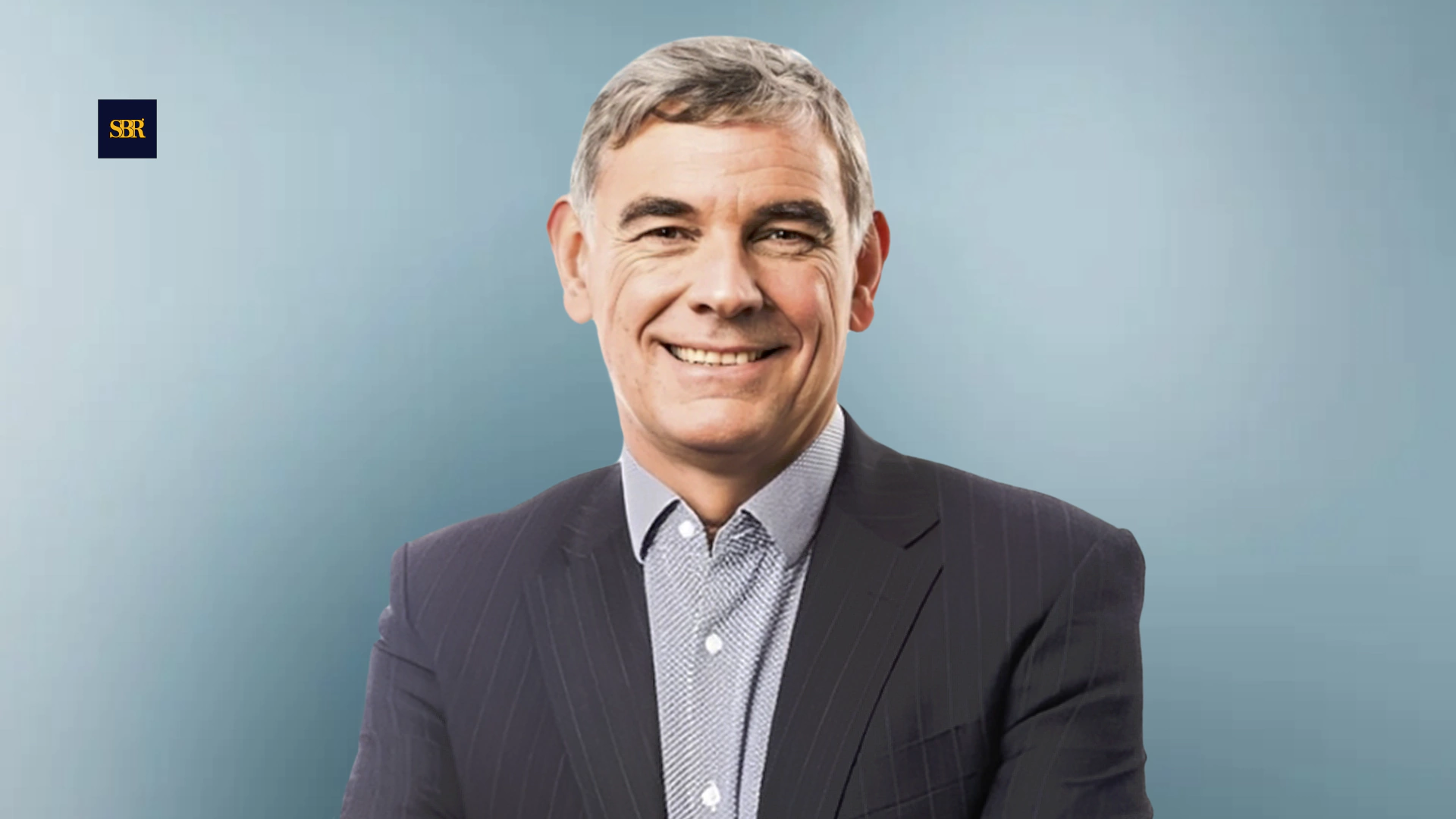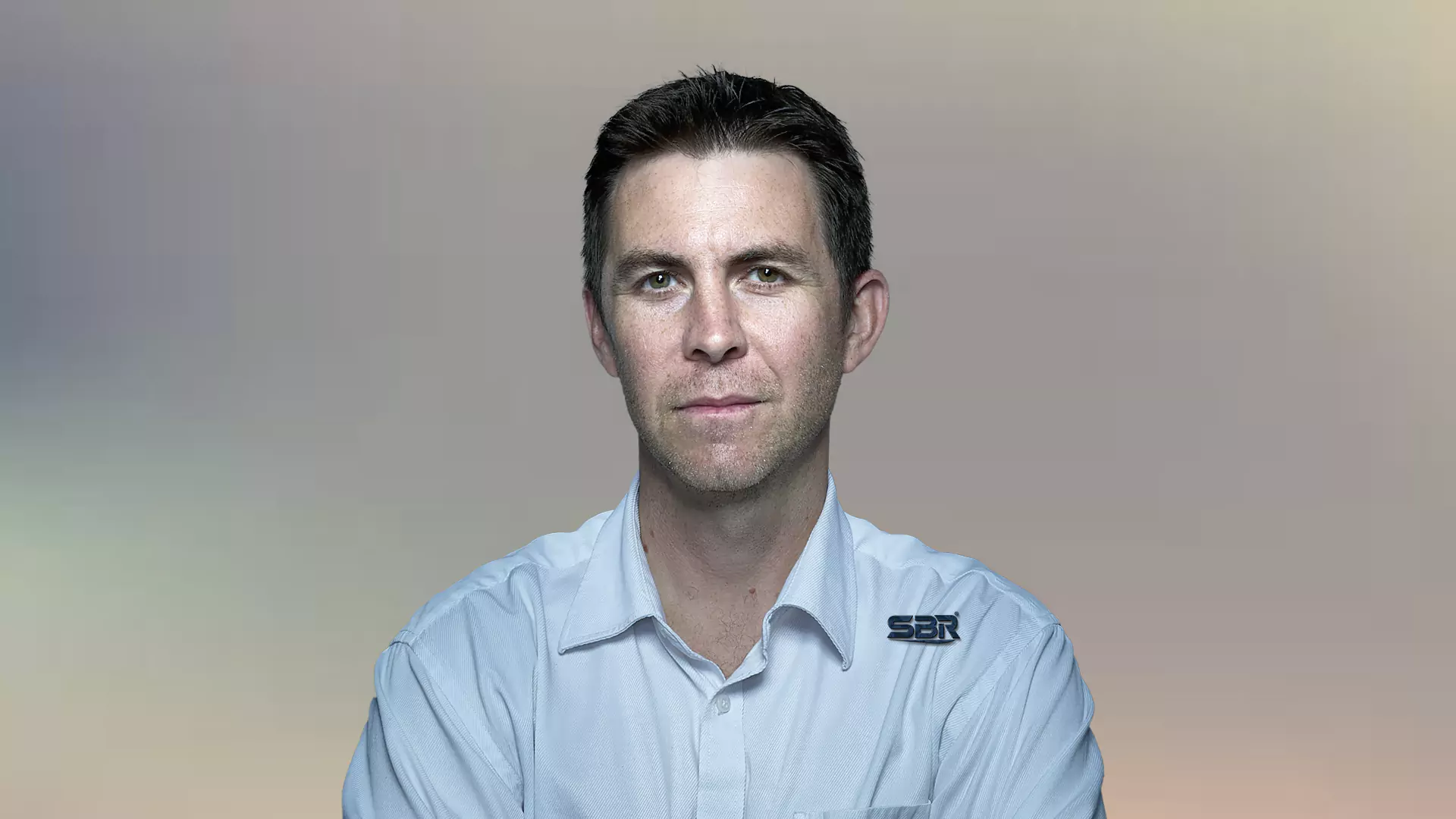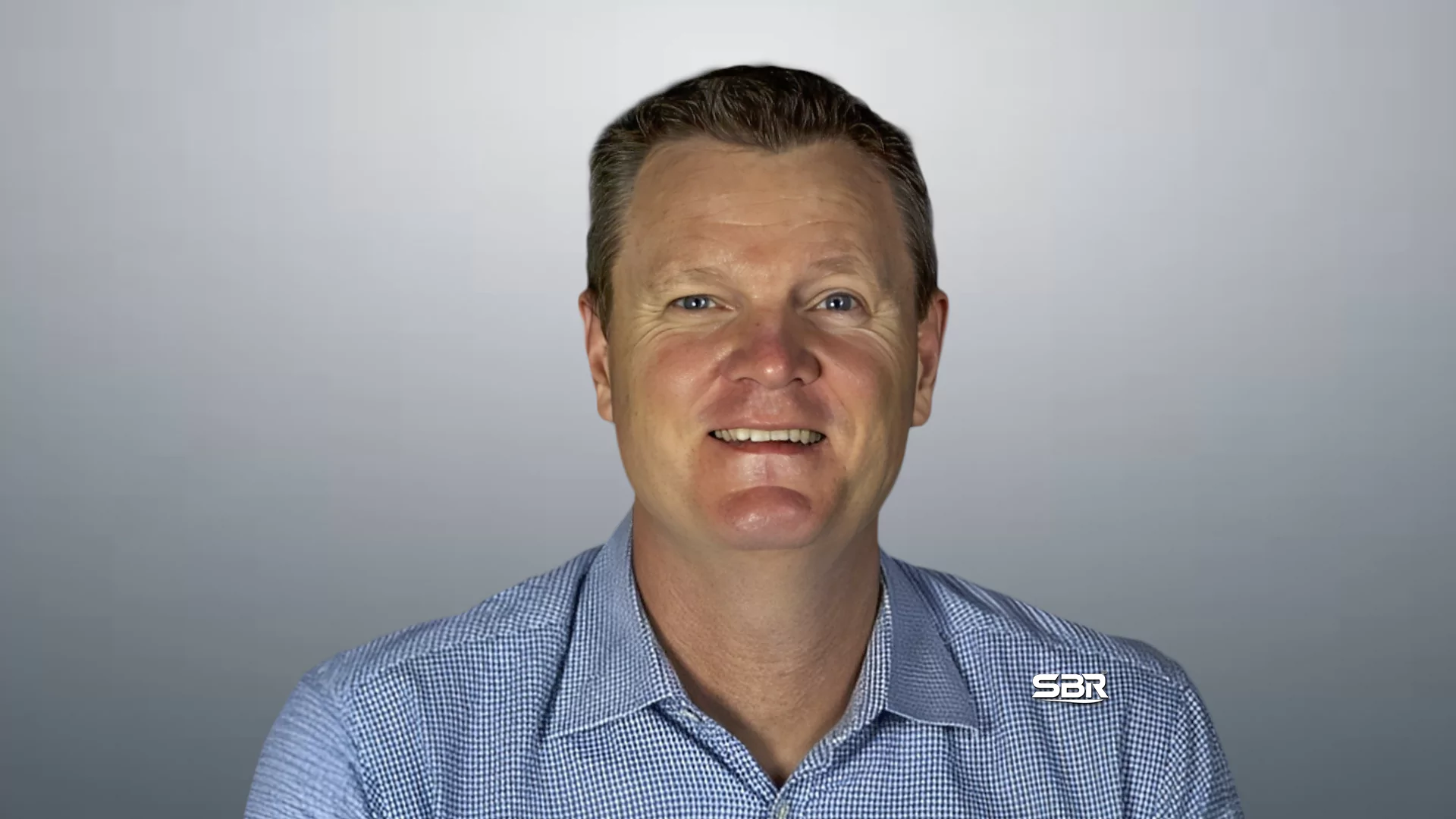Nanoflex Robotics is a medical technology company creating magnetically guided robotic systems for minimally invasive procedures. Nanoflex’s flexible tools navigate complex anatomical structures with precision, making treatments more accessible and reducing risks linked to traditional surgery. By integrating robotics with magnetic control, the company enhances patient outcomes and expands non-invasive medical options.
In Conversation with Matt Curran, Co-Founder & CEO of Nanoflex Robotics
What inspired you to start Nanoflex Robotics?
My background is in medical robotics, and I’ve always been fascinated by how technology can push the boundaries of what’s possible in healthcare. The idea behind Nanoflex Robotics came from a desire to solve a long-standing challenge in minimally invasive surgery: reaching deep, delicate areas of the body without causing unnecessary trauma. We saw an opportunity to use magnetically controlled robotic tools to make procedures safer and more effective.
How does magnetic control improve medical procedures?
Traditional surgical tools are often rigid and difficult to maneuver through narrow pathways in the body. Magnetic control allows us to guide flexible robotic devices remotely, reducing the need for large incisions or highly invasive techniques. This means faster procedures, quicker recovery times, and fewer complications for patients. The level of precision we can achieve with this technology is far beyond what’s possible with conventional instruments.
What are the main applications of your technology?
Our primary focus is neurosurgery, particularly stroke treatment, where time is critical. Being able to navigate through intricate blood vessels with precision can make a significant difference in patient outcomes. Beyond that, our technology has potential in other areas, such as cardiovascular procedures and targeted drug delivery. The ability to control tiny robotic tools with high accuracy opens up many possibilities.
What challenges have you faced in bringing this technology to market?
Developing medical technology comes with unique challenges. The regulatory approval process is rigorous, which is necessary to ensure safety and reliability. Additionally, introducing a new approach to surgery means working closely with medical professionals to refine the technology so that it integrates seamlessly into existing workflows. Adoption takes time, but the response from the medical community has been encouraging.
How do you see the future of robotic-assisted procedures evolving?
I believe robotics will continue to play an even bigger role in medicine, moving toward greater autonomy and precision. AI and machine learning will enhance the capabilities of robotic systems, making them more adaptive and responsive to real-time conditions. We are still in the early stages of what’s possible, and as technology advances, I see minimally invasive procedures becoming the standard rather than the exception.
What has been the most rewarding part of building Nanoflex Robotics?
Seeing our technology move from concept to real-world application has been incredibly fulfilling. Knowing that we are developing something that has the potential to save lives and improve the quality of care for patients keeps us motivated. It’s also been rewarding to work with a team of talented individuals who share the same vision for advancing medical robotics.
What’s next for the company?
We are focused on refining our technology and expanding our clinical trials to demonstrate its effectiveness across different medical applications. Partnering with hospitals and research institutions is a key part of our strategy to ensure that our innovations meet the needs of surgeons and patients alike. Our goal is to bring our robotic systems into wider use and continue pushing the boundaries of what’s possible in minimally invasive medicine.
Matt Curran, Co-Founder & CEO, Nanoflex Robotics















